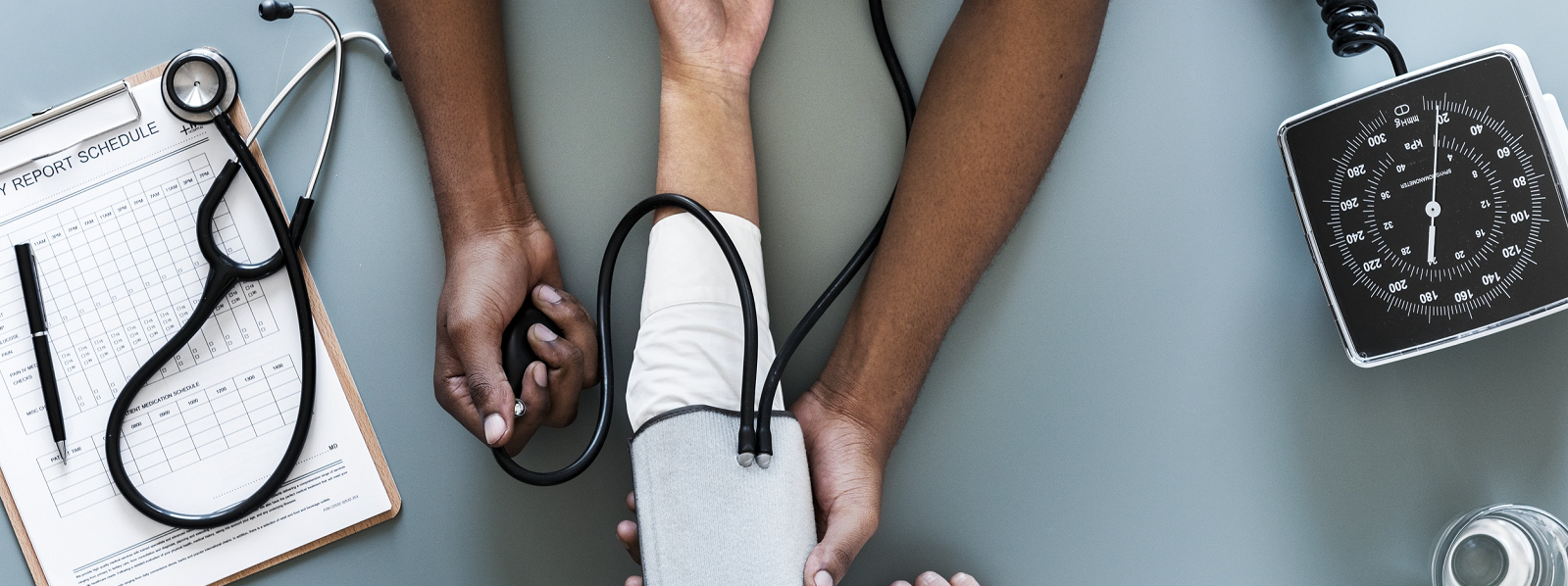More than 100 million Americans have high blood pressure. Therefore, monitoring blood pressure is widely needed. Thanks to the research effort led by Professor Ramakrishna Mukkamala in Michigan State University, there might be an easy and portable solution. The research team identified a specific location at the fingertip that can be used for blood pressure measurement. They developed a sensor unit affixed to the back of a smartphone, which optically detects changes in blood volume in the microvascular bed of tissue (see Photoplethysmogram). When a user presses her fingertip on the sensor unit, the measurements can be turned into accurate assessment of blood pressure. The team accordingly developed a smartphone case with the sensor unit.
While this method is sufficiently accurate, it does need an extra sensor or phone case to work. The team is also developing a smartphone app that uses front camera (to collect optical information) and force sensors within a smartphone to measure blood pressure. While the new method is currently less accurate than a finger cuff device, upon improvement, this may become a useful method for blood pressure measurement. Given that more than 1 billion people have hypertension and only about 20% have their condition under control, a ubiquitous method for monitoring blood pressure could have a profound impact.
Link:Research Article
Contact: Email
Location: Michigan, US
Summary
Purpose
To make blood pressure monitoring ubiquitous
Idea
Use smartphone to measure blood pressure
Further Possibilities
1. Build a complete health profile with smartphone data
2. Use smartphone health data in medical treatment
3. Use headphones to detect brainwave and neurological signals
4. Use Apple Watch to detect blood pressure
5. Develop large scale database of personal health data
Questions
1. What might be all the things we can measure with smartphone sensors?
2. What are all the health data we can collect with a smartphone?
3. What are all the new insights we can get with smartphone health monitoring?







